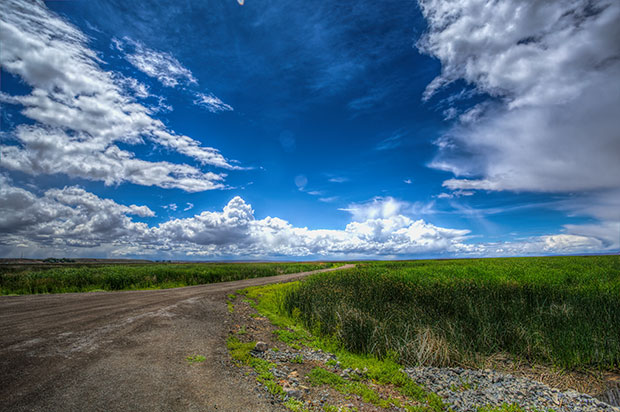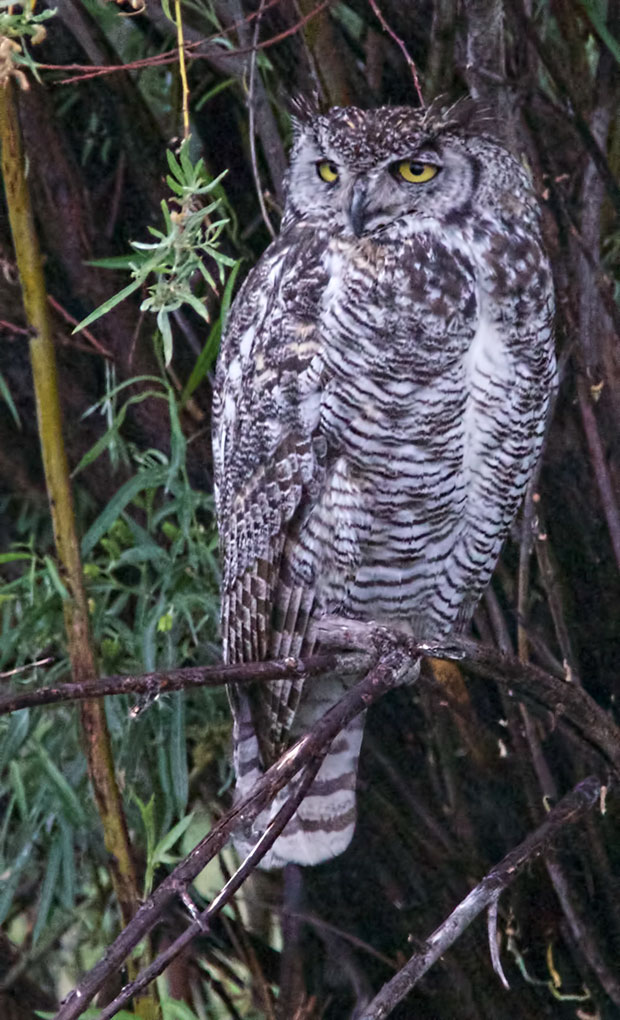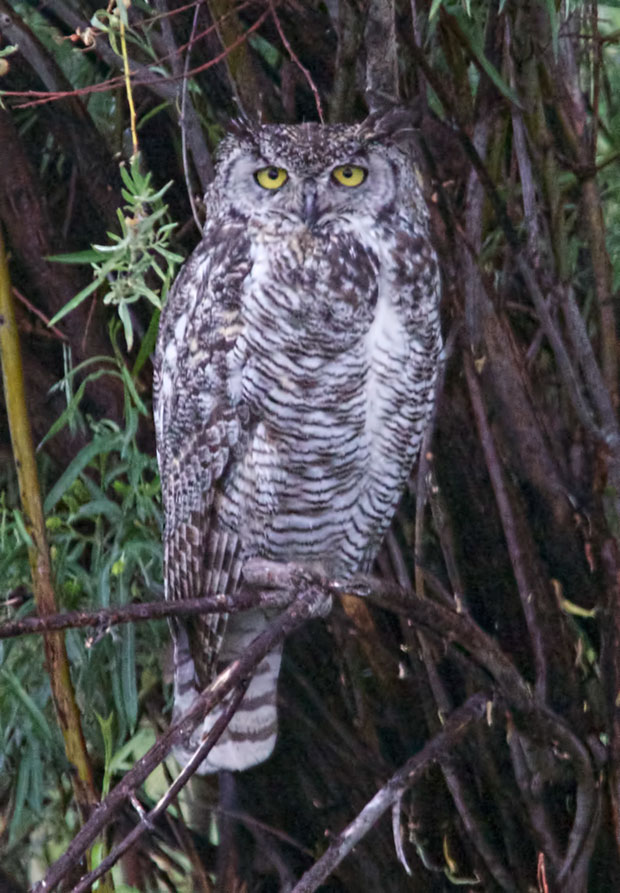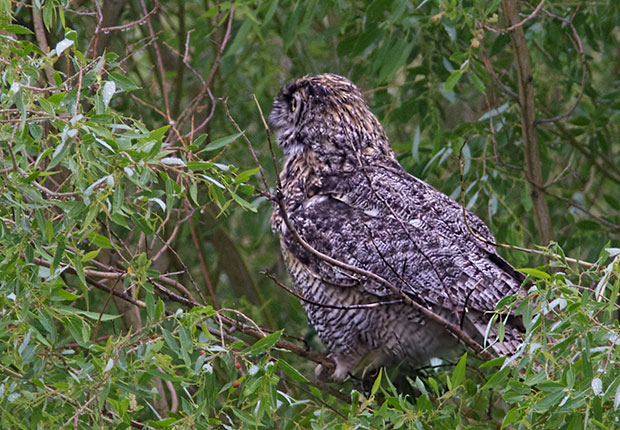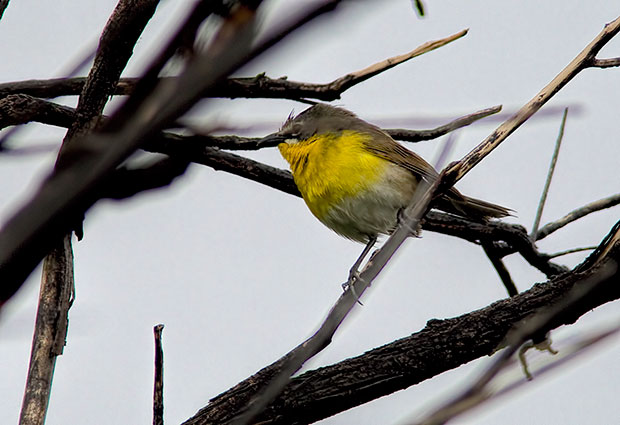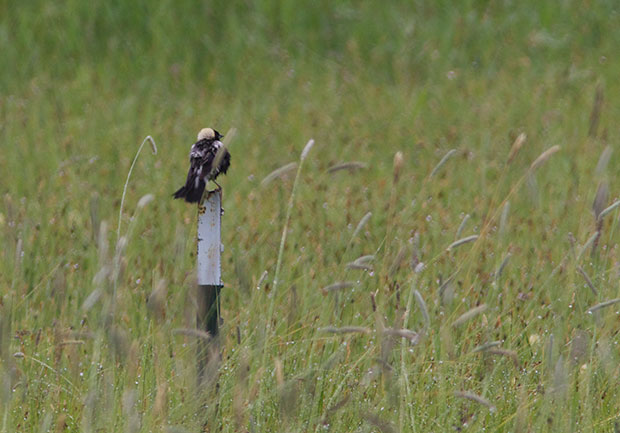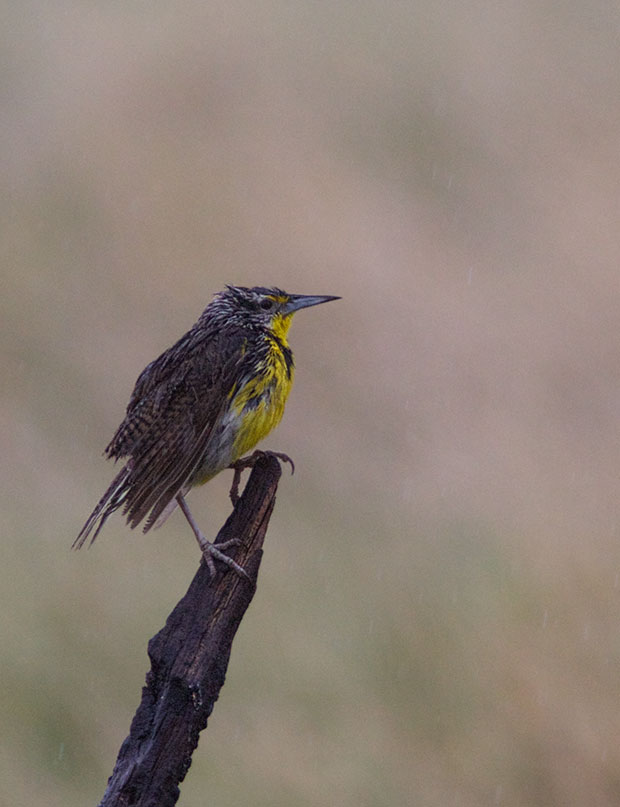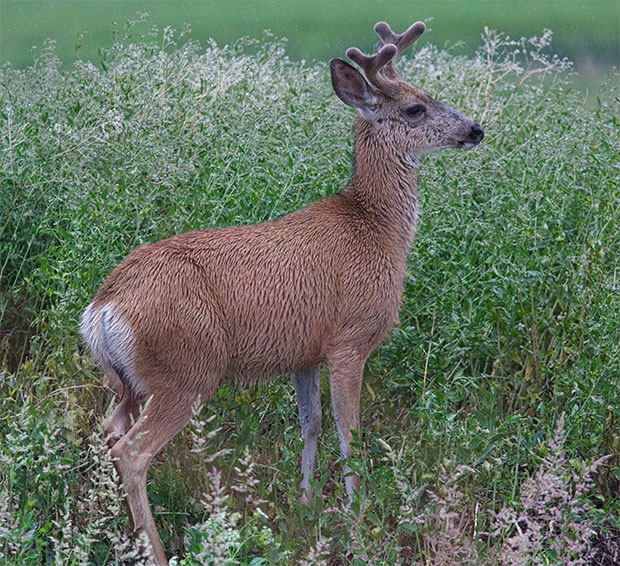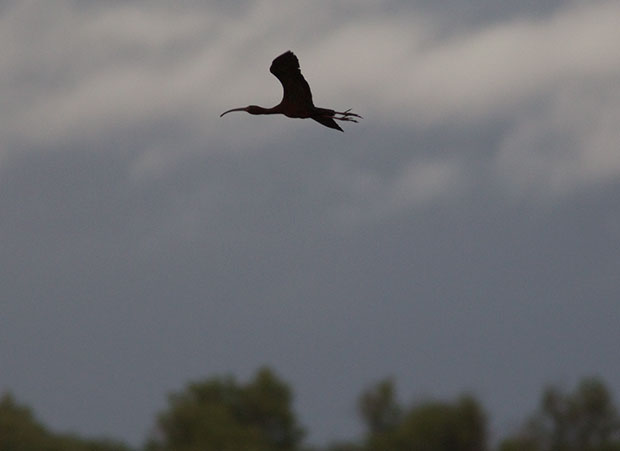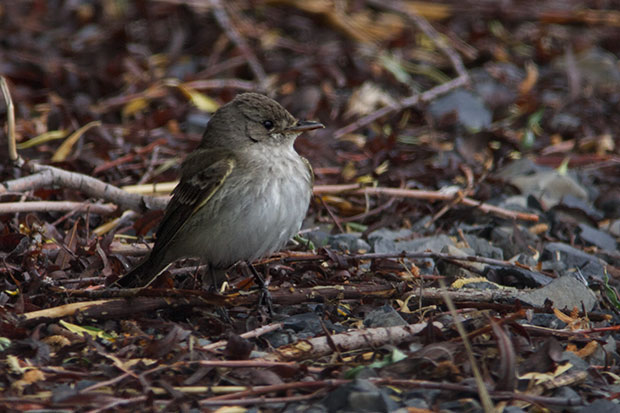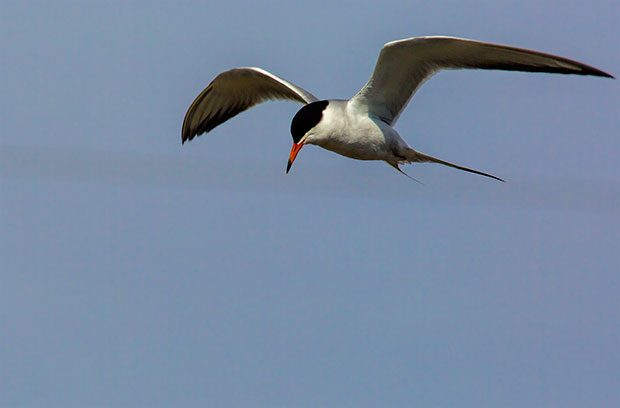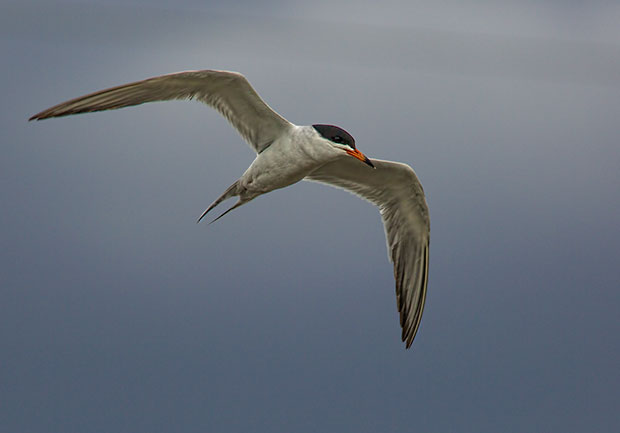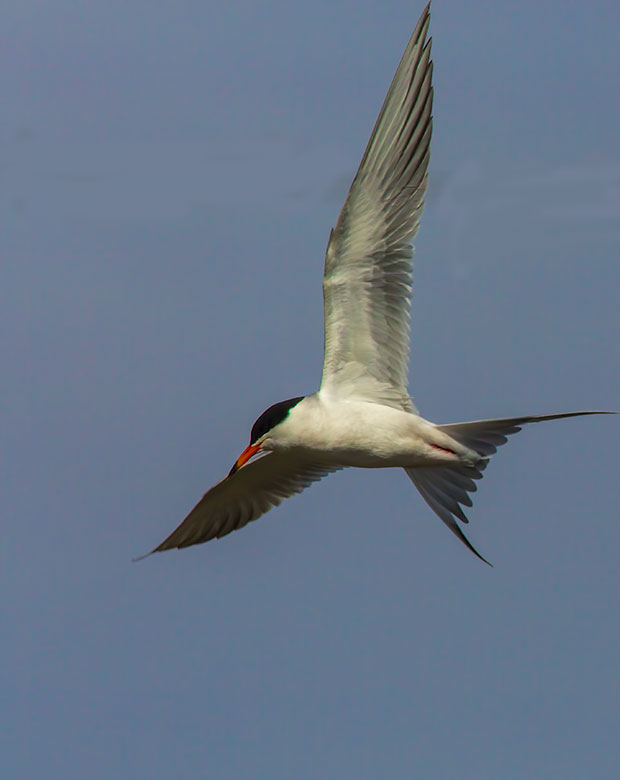It still hadn’t cleared up after I finished my morning drive through Malheur, so I decided it would be a good day to take a side trip that I’d never done before even though I’d wondered many times where the road that cuts the refuge in half goes to. I mainly went to see the lava beds, but as often turns out, they turned out to be the least interesting part of the drive, or, perhaps, just the least photographic of the attractions.
This huge crater seems remarkably flat when seen on the screen,
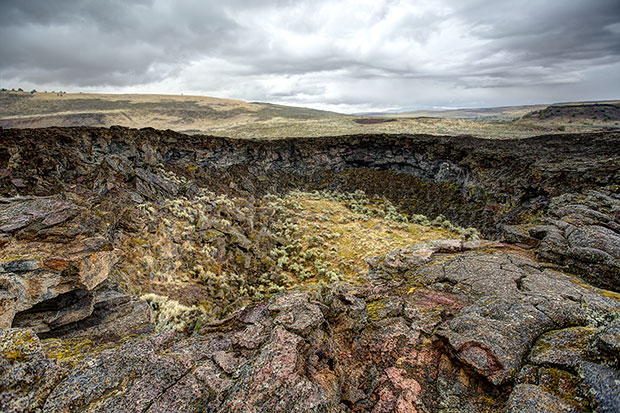
though it’s really much more impressive when you look down into it. There were several other craters but they seemed even less impressive when seen through the lens.
Unexpectedly, I found the Pete French Round Barn, built in the 1870’s
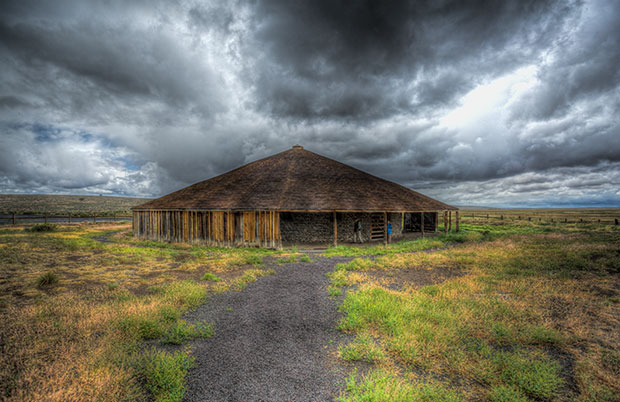
the most interesting part of the tour, even though I only stopped there originally to use the restroom.
Once inside, I was as hooked by the unique structure,
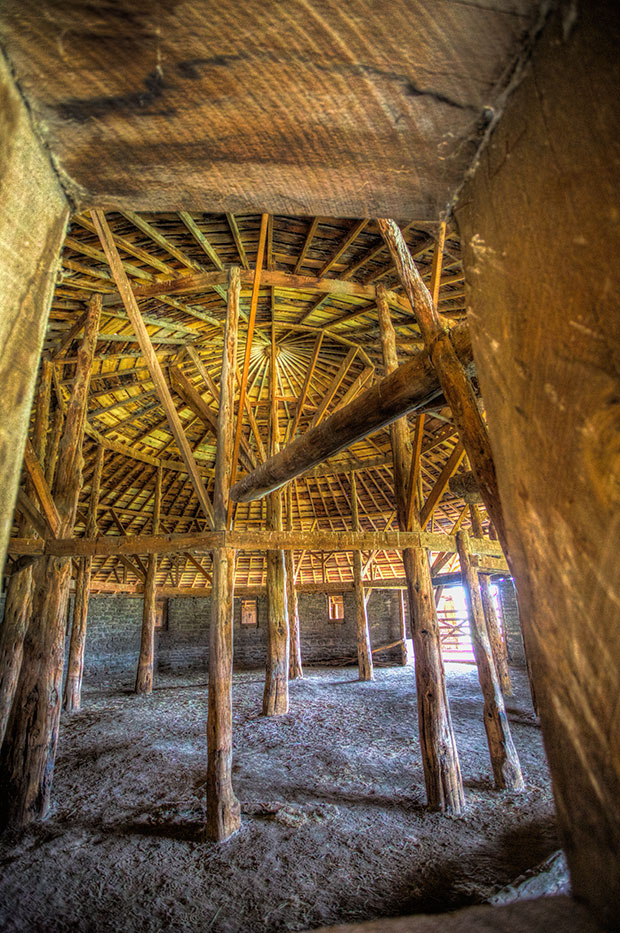
as I was dumbfounded by how to capture it’s beauty in a photograph.
I certainly wouldn’t drive all the way to southeast Oregon just to see Pete French’s Round Barn, but it was an enjoyable side trip, one I’m likely to take again while visiting Malheur.
And it took just long enough that blue skies finally emerged when I got back to the refuge.
